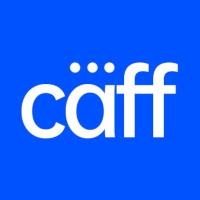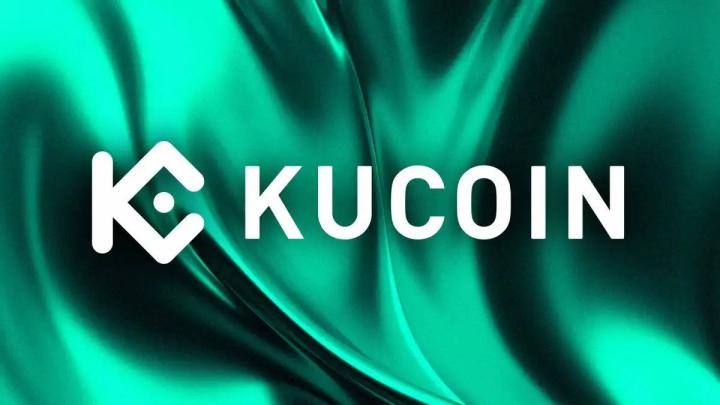Chainlink has been around for eight years since its birth in 2017. With the development of the blockchain industry, Chainlink has roughly completed three iterations in eight years, from a distributed financial price oracle (Oracle) to a cross-chain communication protocol and then to a connector for everything on the chain.
During the 2020 DeFi Summer, Chainlink became the leading price oracle provider in decentralized finance due to its accurate and timely service capabilities. From 2021 to 2023, riding the wave of cross-chain blockchain integration, Chainlink launched CCIP, a cross-chain communication oracle, securing a dominant position in the cross-chain interoperability market. From 2024 to 2025, driven by the RWA (Real-Wait-Allowed Workflow) trend and the move of everything onto the blockchain, Chainlink further launched protocols such as on-chain compliance and privacy oracles. Chainlink's role has gradually evolved from a price oracle and cross-chain communication protocol in decentralized finance to a universal connector connecting the on-chain and off-chain worlds. These evolutions of Chainlink reflect the blockchain ecosystem's gradual expansion from a closed digital financial system to real-world assets (RWA), cross-chain interoperability, and enterprise-level applications.
So, how has Chainlink been able to launch products tailored to the trends of the times at each key milestone, and how has it steadily ascended to market dominance? What challenges does Chainlink still face on its journey to becoming the universal connector connecting the on-chain and off-chain worlds?
This report will deeply analyze Chainlink's development trajectory through multiple perspectives, including macro-narrative analysis, industry trend tracking, on-chain data analysis, and project ecosystem investigation. It will also deeply dissect Chainlink's four major oracles and its core product matrix. It will focus on the ecological positioning of Chainlink's on-chain compliance oracle engine ACE and privacy oracle services in the wave of everything going on the chain.
Structurally, this article is divided into an introduction, historical review, trend shifts, technology stack and core products, on-chain data, competitive analysis, case studies, risk assessment, future outlook, and conclusion, aiming to provide practitioners and developers with strategic insights into Chainlink.
By CG | Zhou Yijian , Researcher at Web3Caff Research
Cover: Logo from this project, Photo For Unsplash+
Word count : 13900+ words
Table of contents
- introduction
- Background
- Research significance
- Research framework and data sources
- Chainlink’s History and the Era of Blockchain Oracles
- Chainlink’s Origins and Early Development
- Establishing the role of blockchain oracles
- Core Challenges and Limitations in the Distributed Finance Era
- Driving factors for ecological positioning iteration
- Macro-narrative perspective: Blockchain expands into the real world
- Industry trend driven
- Internal evolution of the project
- A detailed explanation of Chainlink's core architecture, product ecosystem, and development environment
- Introduction to Chainlink’s Core Architecture and Four Oracles
- A Detailed Explanation of Chainlink’s Four Core Oracles and Products
- Introduction to Data Oracle (DO) and core products
- Introduction to Interoperability Oracle (IO) and core products
- Compliance Oracle (CO) and core product introduction
- Introduction to Privacy Oracle (PO) and core products
- Chainlink's Latest Development Environment — CRE
- On-chain data indicators (statistics as of August 28, 2025)
- Chainlink Case Studies
- Classic Cases of Distributed Finance
- Classic Cases of On-Chain Compliance
- Industry trends and competitive landscape
- Chainlink in the context of global blockchain trends
- Chainlink Competitive Analysis
- Market share and TVS
- Architecture and Functionality
- Data accuracy and speed
- Security and reliability
- Cost efficiency
- Adoption and Ecosystem Integration
- Overall advantages and disadvantages
- Potential risks and future challenges
- Technical risks
- Regulatory risks
- Competing risks
- Adoption barriers and ecological risks
- Overall assessment
- Future Outlook
- Key points structure diagram
- References
introduction
Background
The macro narrative of Web3 assets and blockchain ecology is shifting from the construction of Web3 infrastructure to the on-chain integration of real-world assets (RWA).
Since its founding in 2017, Chainlink has been committed to solving the blockchain's "data silo" problem. As a pioneer of the Decentralized Oracle Network (DON), it initially focused on providing reliable price data for on-chain products, essentially serving as a distributed financial price oracle. This positioning remained largely unchanged from 2017 to 2021. However, in recent years, traditional institutions have begun to enter the market at an accelerated pace, giving rise to a new set of oracle requirements.
For example, in 2024, the world's largest asset management giant BlackRock launched the on-chain money market fund BUIDL. This product requires an oracle to continuously read the real-time prices of traditional currencies and US Treasury bonds from the off-chain; in 2025, traditional financial giant JP Morgan launched JPMD as an alternative to stablecoins, specifically for institutional clients to provide 24/7 instant settlement and cross-border payment functions. This product requires an oracle to connect on-chain and traditional bank data, and at the same time, the oracle is required to have institutional-level privacy functions.
With the integration of Swift, the “central nervous system” of global financial transactions, into Chainlink, Chainlink has acquired the ability to connect traditional financial institutions with universal oracles on the chain, and its role has gradually evolved into a cross-chain and cross-domain super connector.
Research significance
For developers, understanding Chainlink's development and current status will help them build on-chain applications more conveniently and quickly. For practitioners, understanding Chainlink's iterations will help them understand the challenges and opportunities facing the integration of blockchain and RWA. At the industry level, Chainlink's iterations will connect with the trends of distributed finance, RWA, and AI, potentially driving the global on-chain economy toward a trillion-dollar scale. Furthermore, research into Chainlink's latest protocols, such as its on-chain compliance engine and privacy oracle, can also provide insights into regulators' attitudes toward sensitive issues such as privacy and compliance associated with the process of moving everything on-chain, thereby clarifying the effective scope and security boundaries of on-chain financial innovation.
Research framework and data sources
This report utilizes a multi-dimensional analytical framework. The macro narrative focuses on global trends; the on-chain data examines TVS, node count, and uptime; industry trends examine the competitive landscape; and project data analyzes product iteration and partnership expansion. Data sources include Chainlink, DefiLlama, and industry research reports. All data is updated as of August 29, 2025 to ensure currency.
Chainlink’s History and the Era of Blockchain Oracles
Chainlink’s Origins and Early Development
Chainlink was founded by Russian-American Sergey Nazarov in 2017 with the goal of solving the problem of connecting blockchains with external data through decentralized oracles.
The Chainlink whitepaper emphasizes the decentralized oracle architecture of the Decentralized Oracle Network (DON), which leverages multi-node aggregation to ensure data reliability. In 2019, the Chainlink mainnet launched, global nodes were activated, and integration with the Ethereum mainnet began simultaneously.








